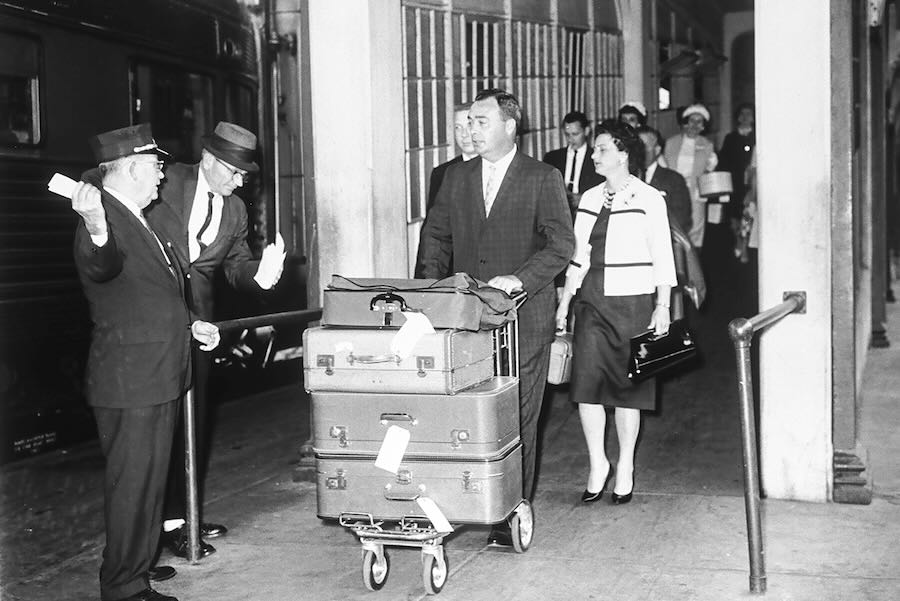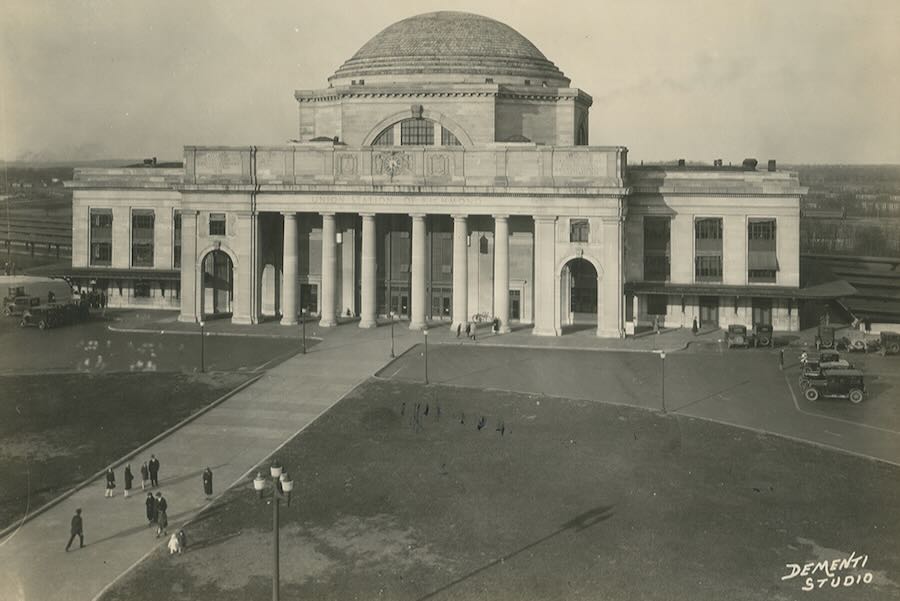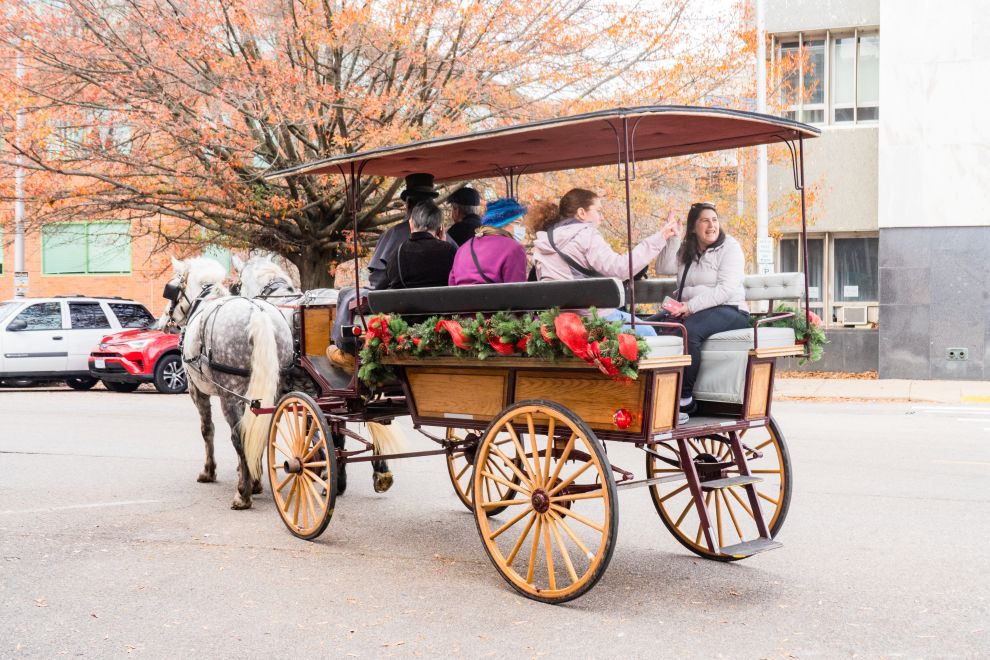Long before 2500 West Broad St. became home to the Science Museum of Virginia, tens of thousands of visitors each week passed through the building’s doors. Dubbed Broad Street Station, the iconic neoclassical structure was a bustling passenger train depot from January 1919 to November 1975. The Science Museum wants to showcase how the history and operations of its physical home connect to the 21st century STEM topics revealed in its programming. A grant from the Commonwealth History Fund will help it do just that.
The Science Museum of Virginia Foundation is one of 14 organizations receiving a Commonwealth History Fund grant. The Science Museum will use the $20,000 award managed by the Virginia Museum of History & Culture (VMHC) and supported by Dominion Energy to develop a comprehensive architectural, social and cultural history document of Broad Street Station. This resource will inform ways the Science Museum will interpret the once-crucial transportation hub in exhibitions, digital content and educational resources.
“We want Broad Street Station to be more than a setting for science programming; we want to fully integrate the building and stories about its operations into our efforts to inspire and enrich lives,” said Rich Conti, Science Museum Chief Wonder Officer. “Before we can decide how to craft that narrative, we need to dig deeper into the history of the train station and its travelers, to learn more about the experiences of all who lived near, worked at and utilized the services of Broad Street Station.”
While the Science Museum has recognized the important contributions of Broad Street Station in the past through centennial programming and temporary exhibitions, the organization wants to utilize technology to expand educational offerings, reach communities across the Commonwealth and ensure elements of the historic building’s story are incorporated into future Science Museum offerings. This includes sharing information with guests about both the train station’s and broader rail industry’s problematic history of segregation.

The project reaches across disciplines, engaging architectural historians and historical preservationists as well as scientists and community outreach specialists. The Science Museum will work with noted historian Dr. Bryan Clark Green to develop documentation that informs creative interpretation and innovative applications.
“It’s important for people to know how this building has been connecting the community for more than 100 years, first as a train station and then as the Science Museum,” Conti said. “I look forward to more formally bridging the gap between past and future through this project.”
Through its Commonwealth History Fund, the VMHC in partnership with Virginia’s Department of Historic Resources awards grants to projects that focus on historically underrepresented topics and communities. One of the largest initiatives of its kind, the Commonwealth History Fund is expected to award up to $2 million over its first five years to support preservation, publications, artifact acquisition, research, conservation and educational programming. The Commonwealth History Fund is made possible through the generosity of Dominion Energy and others.
“The Commonwealth History Fund continues to exceed our expectations in supporting a wide range of historic preservation projects and initiatives across the state,” said VMHC President and CEO Jamie Bosket. “We remain committed to reaching more Virginians with this wonderful opportunity to invest in Virginia history.”
To learn more about the Commonwealth History Fund and see a list of all the 2024 grant awardees, please visit VirginiaHistory.org/HistoryFund.
Learn more about the architect of Main Street Station in this That Was Then.





